Hamilton Beach Wave Crusher Blender In-depth Review
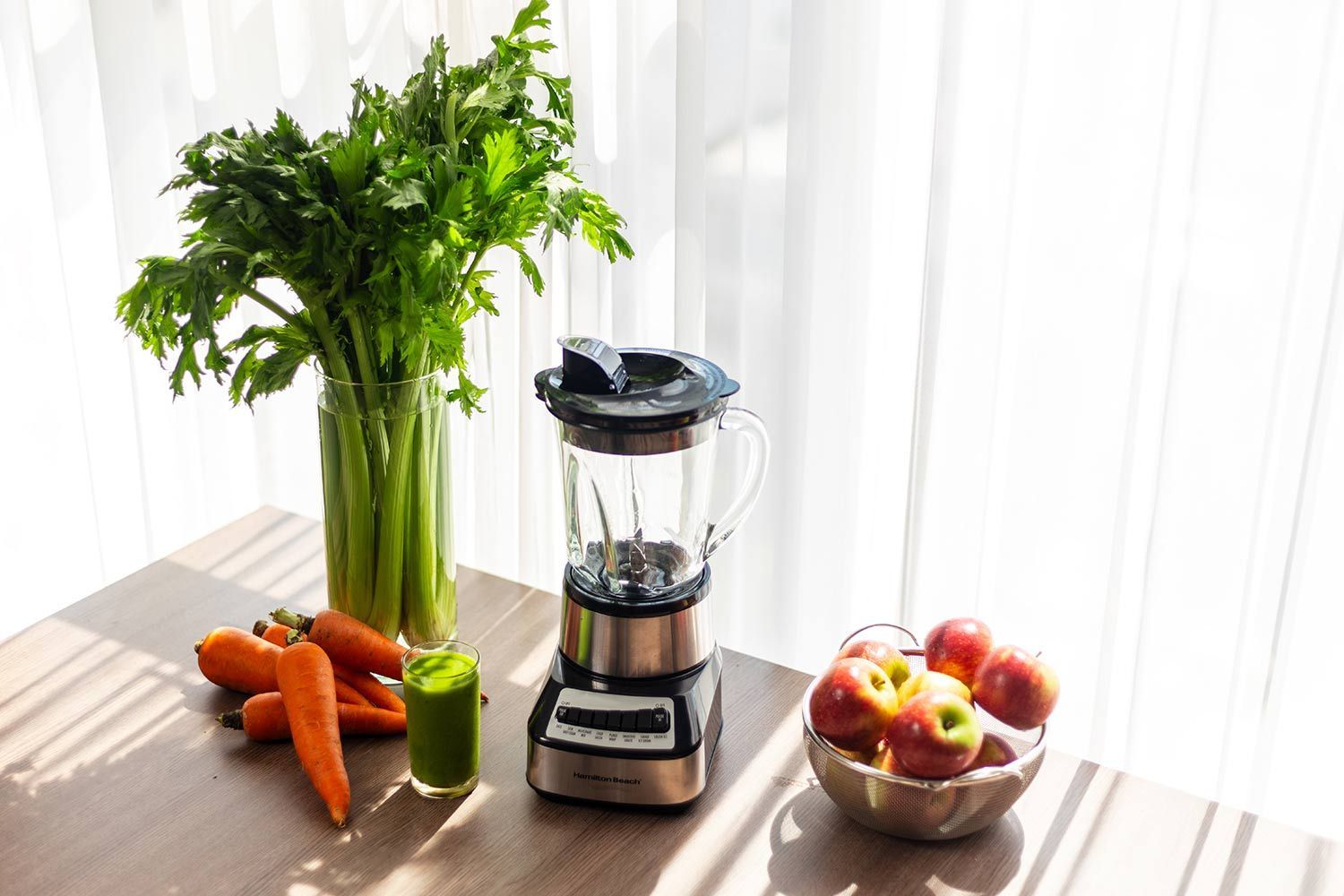
Overall Verdict
Don’t let the low price and 700-watt motor power of this blender fool you. These are simply appealing facets of a story that takes some unexpected turns in terms of performance.
In our tests, this blender showed surprising deficiencies. It found blending both fresh and frozen fruits a daunting task. Its capabilities also faltered when we challenged it to liquify leafy greens or whip up creamy almond butter.
Not all was gloomy, though. When it comes to preparing protein shake, the Hamilton Beach Wave Crusher managed a passable result. This suggests that this blender might fare better with soft ingredients or pre-processed liquids. Yet, remember that there are alternative blenders out there capable of achieving a smoother blend.
One last cautionary note to consider: the blender’s overall build quality is a bit of a letdown. It seems that the lower price point comes with a trade-off in its construction and durability.
Things We Like
- Moderate nut and dried berry blending
- Ease of clean
Things We Don’t Like
- Inability to process greens and frozen ingredients
- Subpar build quality
- Hard-to-remove lid
- Unintuitive control panel
Among the latest blenders full of bells and whistles, the Hamilton Beach Wave Crusher may appear rather antiquated. The technology this blender employs brings a sense of familiarity that may be comforting to some, particularly those who yearn for uncomplicated operation over high-tech novelty. However, as the world moves forward, modern blenders are expected to do more than just blend—they chop, grind, mix, and even heat your food. As such, you might wonder whether this Hamilton Beach, relying on its decade-old technology, can meet contemporary culinary demands.
Does the blender have what it takes to survive? Can its more traditional technology still deliver satisfactory results, or will it be overshadowed by the capabilities of its advanced counterparts? These are the questions that we will explore in our in-depth review.
1.0 Performance
The Hamilton Beach testing performance was notably lackluster. It faltered in a variety of tasks, from blending fresh and frozen fruits to grinding nuts and crushing ice. Despite running for extended periods and attempting manual interventions, its illy-equipped blades and insufficient power merely agitated the liquid rather than breaking down the ingredients. However, it wasn’t a total flop—the protein shake it produced was exceptionally smooth. Nonetheless, if you’re looking for a kitchen superstar, the Hamilton Beach blender might not be ready for the big stage.
Failed Smoothie
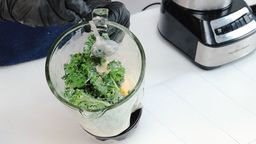

For this test, we used a mix of kale, apple, banana, pineapple, and plant milk—ingredients that are typically used in smoothies and which would test the blender's capability to handle different textures.
From the get-go, it became evident that the Hamilton Beach blender was not quite cutting it. Instead of processing the solid ingredients, it only has a one-track mind, fixated on whipping the milk, leaving the rest of the ingredients to fend for themselves. After four minutes of blending, the end result was far from smooth, with sizable chunks that seemed as though they hadn't been even touched at all.
We did pause the blender halfway through for a stirring intervention to guide those stray chunks towards the blades, but the stubborn chunks still remained. You might wonder whether the blending container had overpacked, causing the blades to get jammed and stop spinning. However, one glance inside reveals plenty of available space. It was apparent that overpacking was not the issue.
In summary, if velvety smoothies are your culinary aspiration, the Hamilton Beach blender might leave you unfulfilled. We suggest looking into other high-performing blenders like the NutriBullet, Oster Pro, or Black+Decker.
Failed Frozen Fruit Smoothie


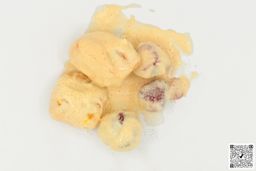
Our protocol for this test was simple: allow the Hamilton Beach to run until it achieved a smooth consistency, or stop it at the 5-minute mark. The goal was to give the blender sufficient time without putting strain on it, and to avoid taking so long that the frozen fruits would start to thaw and dilute the overall texture.
Considering its prior struggles with fresh fruits, it was not particularly surprising when the blender had difficulties processing rock-hard frozen fruits. Despite blending for a full five minutes, the outcome resembled a rocky road texture, with an abundance of unblended chunks stubbornly remaining.
Just like in the first test, we did attempt to improve the mixture by shaking the container and stirring it. However, the blender's feeble might was glaringly apparent. Even when the frozen fruits began to thaw, they could only manage to skim off their softening outer layers. It was as if the blender was using a butter-knife to carve through a solid rock —underpowered and ineffective.
For those who are serious about icy treats, we recommend considering more powerful blenders, such as the Vitamix 5200.
6.7 Protein Shake

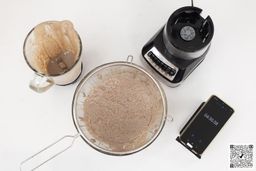
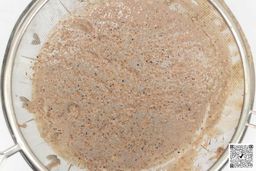
In this test, the Hamilton Beach produced an average protein shake, if not mediocre when compared to those of other blenders. Straining the shake through a mesh sieve revealed that the blender proved rather effective in liquifying the oatmeal, but dried berries and almonds remained only partially blended. And this inconsistency in blending different ingredients eventually gave the shake a less-than-ideal gritty texture.
However, the final product was not entirely unpalatable, to be honest. For athletes and gym enthusiasts who primarily look for functionality and nutrition from their protein shake, the Hamilton Beach Blender can still be a viable option. The shack was drinkable enough and could serve the purpose of aiding in muscle-building.
Failed Almond Butter
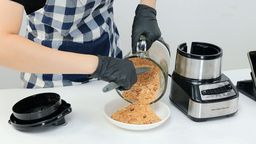
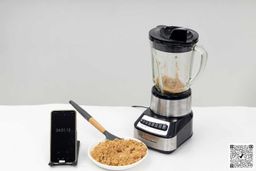

In the preparation of nut butter, our Hamilton Beach faced dual challenges: a subpar capability in grinding the almonds and a failure in emulsifying the mixture.
At the heart of the issue is the physics of blending—the blender must exert enough mechanical force to break down the almond particles and induce friction, which generates the heat necessary to release the oils in the almonds. The Hamilton Beach blender, unfortunately, even after operating for a prolonged period of up to 4 minutes, could not pulverize the almonds entirely, let alone emulsify them into a creamy spread.
As the blending progressed, the grinding process became increasingly challenging due to minimal interaction between the almonds and the blades. Due to an ineffective vortex creation, a significant portion of the ground almonds adhered to the container’s sides instead of being drawn towards the blade. Even when the container was shaken to coax the almond particles into the blades' path, this maneuver did not yield any meaningful improvement.
Compounding the grinding issues, the blender also failed in the emulsification phase, with no signs of oil extraction from the almonds. In the end, what we got was a dry, coarse concoction, with some whole almonds even still being intact.
Failed Crushed Ice
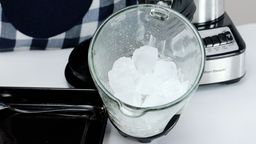
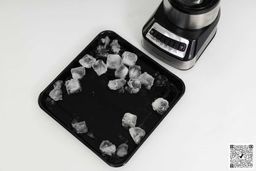

We must give credit where credit is due— our Hamilton Beach did try valiantly. However, just like a grasshopper can't move a cart, it struggled to make a dent in the ice. Despite the machine's earnest efforts and even our intervention with some manual assistance, 9.5 ounces out of the 12 ounces that were put to the test remained stubbornly whole.
If turning ice into a cloud-like dream is your calling, the Ninja AMZ493BRN and Vitamix E310 have proven themselves as more than capable in this regard. Both blenders come with the power and design needed to transform ice into a fluffy, snow-like texture effortlessly.
4.7 Design
In addition to its underwhelming performance, the build quality of the Hamilton Beach also leaves much to be desired. The motor base lacks essential features like overload protection and at high speeds it works quite unstably. Plus, the control panel suffers from a cramped layout that not only results in unintended button presses but also makes it challenging to press the buttons due to their stiffness.
In the Box
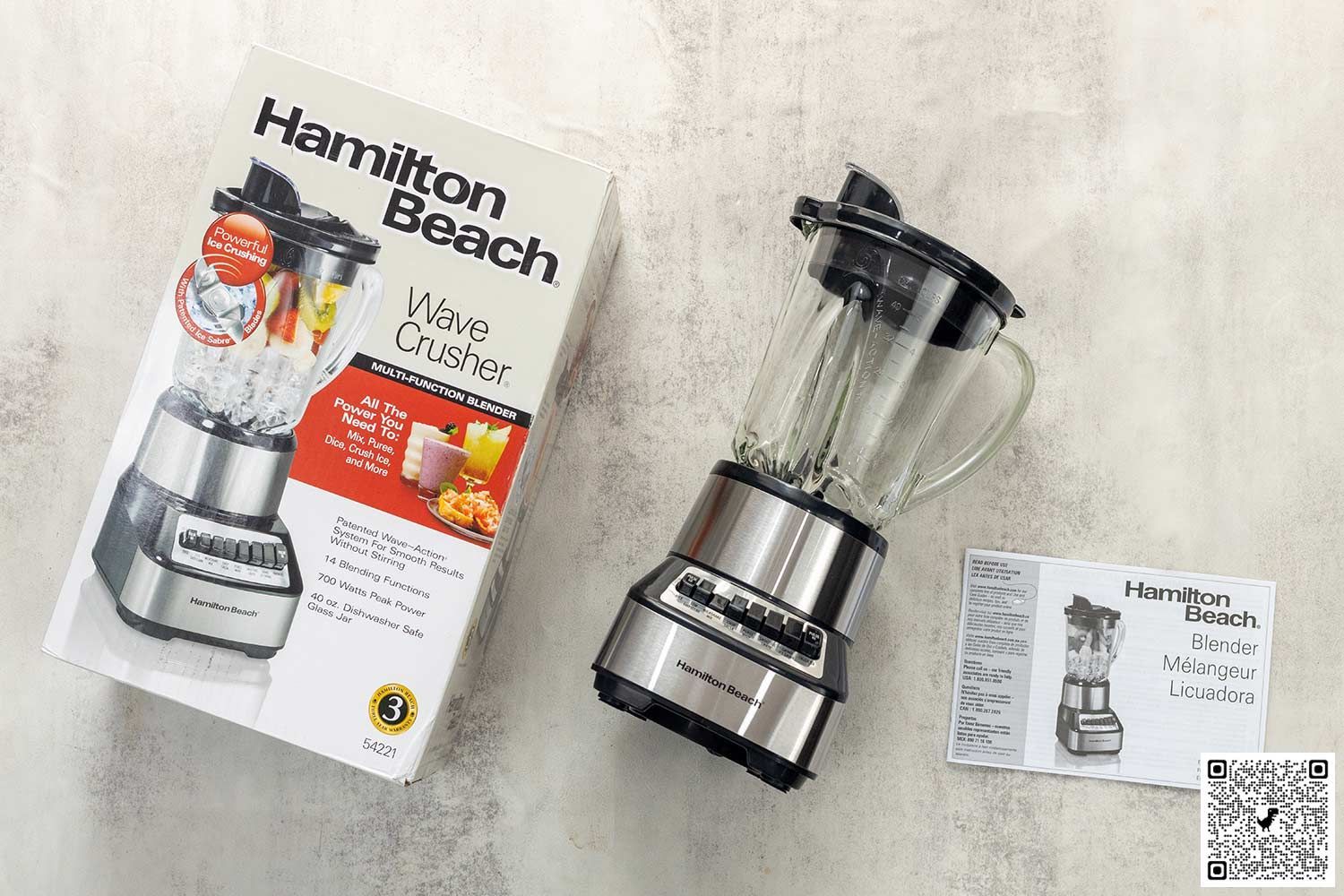
- Motor base
- 40-oz blending container
- User manual
Dimensions
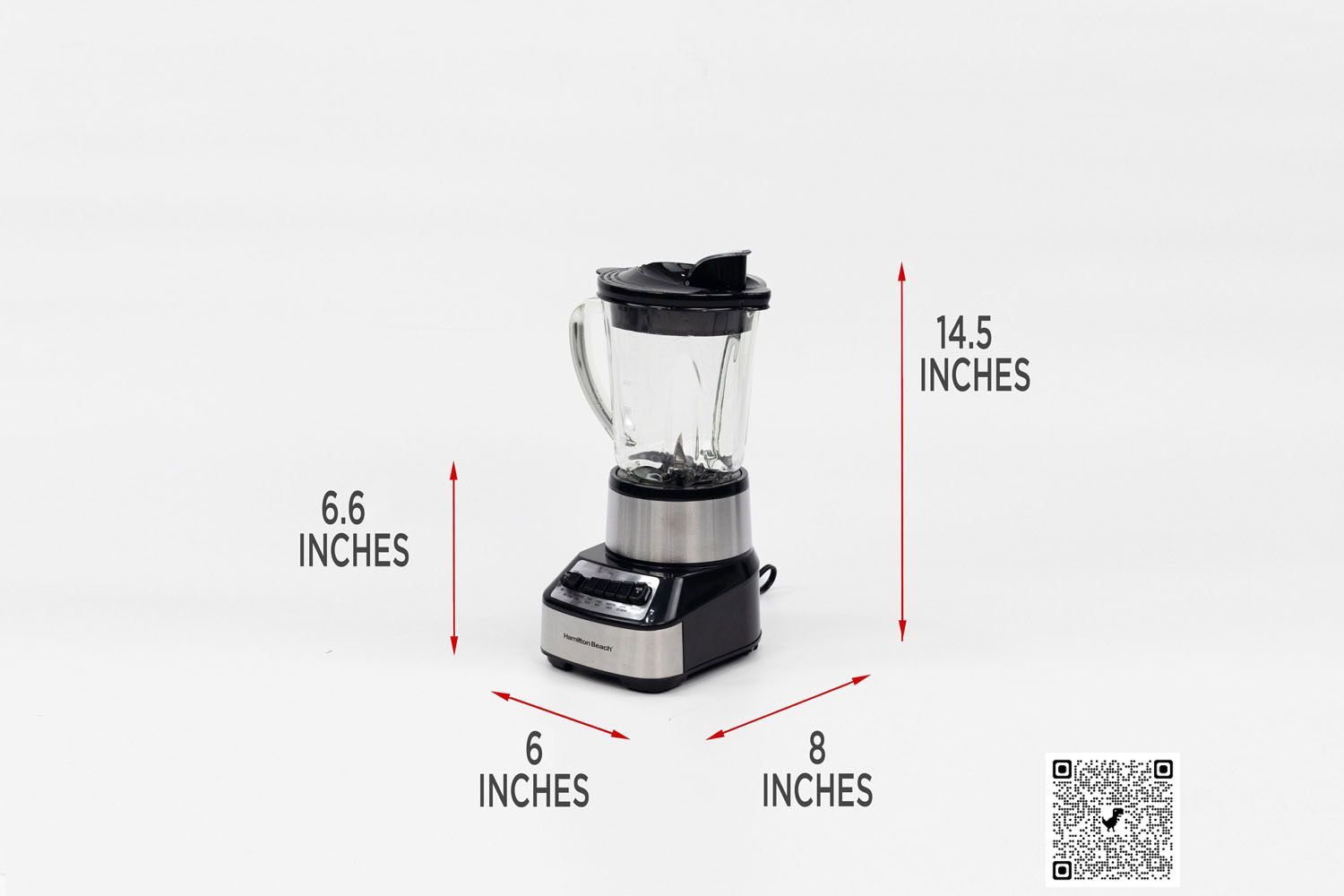
With a height of 14.5 inches, the blender stands in line with an average coffee maker, making it a snug fit under the standard kitchen cabinets. Its width and length of 8 inches and 6 inches, respectively, contribute to its relatively slim profile, which is not only a boon for storage but also lends itself to effortless maneuvering across the countertop.
At 6.6 pounds, your machine is on the lighter side yet still strikes a fine balance between stability during operation and ease of handling.
5.0 Build Quality
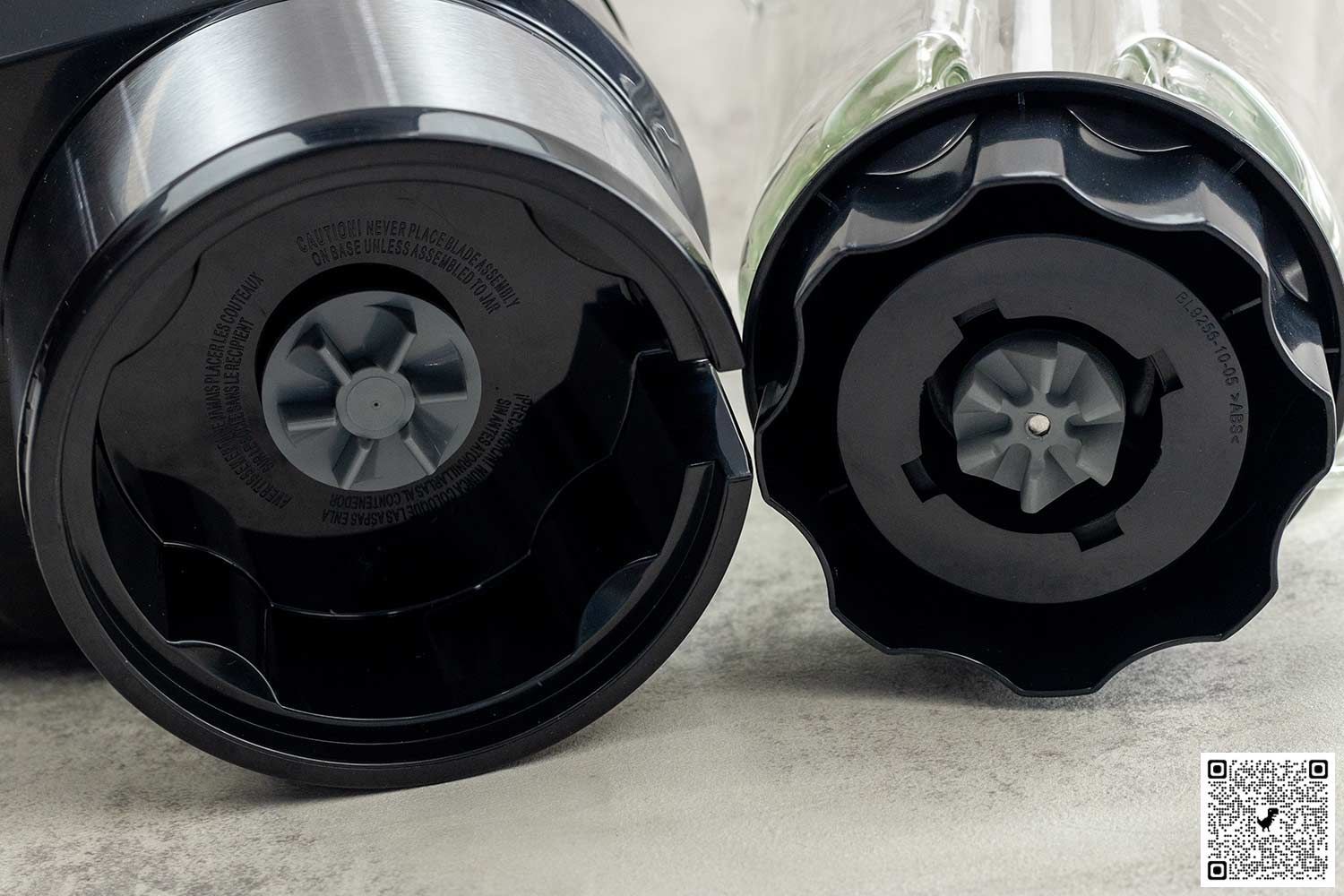
The Hamilton Beach Wave Crusher Blender's quality reflects its pricing. The motor base, being made of plastic with stainless steel accents, lends a contemporary look, but the plastic quality seems inferior when compared to high-end models. It's understandable, as cost-cutting measures often involve using less expensive materials. Those with budget constraints or not requiring a heavy-duty appliance might still find it suitable.
However, the wear on the drive socket—a component that helps transmit power from the motor to the blades—is a red flag. Though currently minor, it indeed casts doubt on the blender's long-term durability. Since we noticed this wear, it's hard to blend with peace of mind, as there's always an underlying worry about the unit's reliability and potential for further degradation.
The lid is also made of low-grade plastic, which not only compromises the aesthetic but also affects usability. A flimsy lid could lead to difficulties in sealing and removal, potentially causing spills or ineffective blending.
The lid's construction also raises eyebrows. Made from a lower-grade plastic, it feels very flimsy. This not only affects the overall aesthetics but also usability, as it’ll lead to difficulties in sealing and removal, potentially causing spills or inconvenience.
4.5 Blades


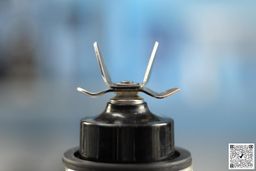
The Hamilton Beach features a unique blade assembly composed of four prongs, aligned in two vertically stacked sets. In this arrangement, the upper set of blades has a more acute upward curve, while the lower set comes with a milder inclination. This layout differs from the conventional cross pattern typically seen in blenders and is an integral part of the blender’s Wave-Action system.
The Wave-Action system operates by generating a wave-like motion, pulling ingredients down towards the blades; the sharply curved upper blades then lift the ingredients, and the gentler-angled lower blades blend them. This coordinated action is intended to produce consistent and smoother blending outcomes. That said, it doesn't appear to live up to its promise during practical application.
Furthermore, the blade is moderately sharp, but compared to some high-end models, it's not as thick or large. This lack of substantiality proved to hinder its ability to process hard ingredients such as frozen fruits and ice.
Motor Base


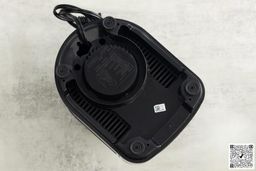
The motor base disappoints considerably,, with no standout features and several significant drawbacks.
One prominent issue is the lack of an Automatic Overload Protection feature, which makes the unit prone to overheating toward extended use.
The base's four feet also failed to deliver necessary stability, particularly at high speeds. Our testing revealed a noticeable wobble that required manual intervention to stabilize the unit from time to time.
Moreover, the power cord’s limited length restricts placement flexibility, which could be a significant inconvenience, especially in kitchens with a scarce number of outlets.
Blending Container
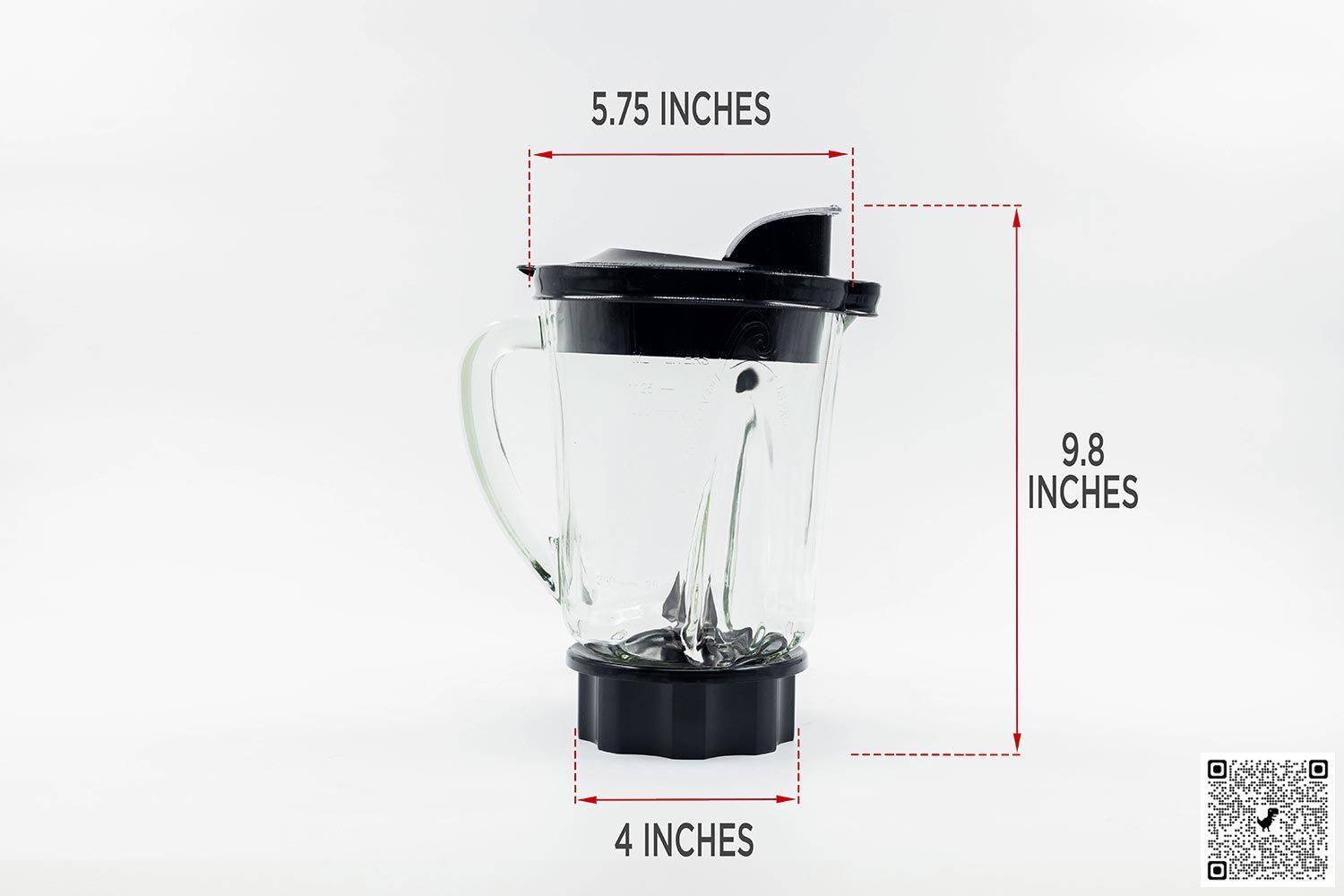
The blending container is made of glass, which offers heat resistance and insulating properties, allowing the blender to be safe for blending hot ingredients. Although it is unusually cloudy and yellowish, it’s sturdy and might be even more long-lasting than a plastic alternative. The only trade-off is its hefty, which might add a little bit of difficulty during pouring and cleaning. Nonetheless, nothing too bothersome for an average user; it's just important to be aware of this if you are pondering between a glass or plastic container.
Adding to its utility, the container is equipped with finely graduated measurement markings that are embossed into the glass. This detail is both practical for ensuring precision in measurements and durable, as the markings will not wear off over time.
Lid
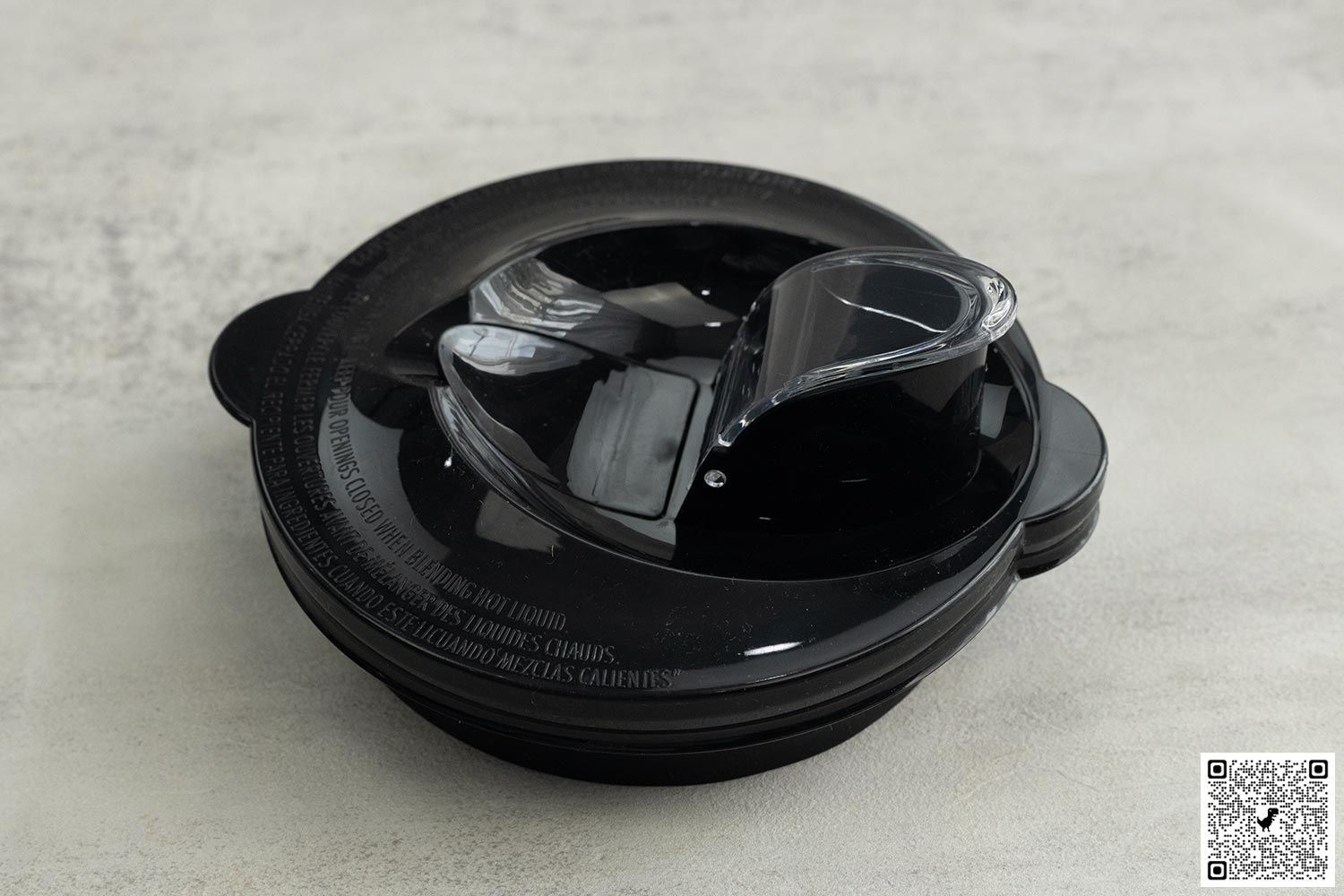
The lid is made from flexible rubber and features a contoured edge that's designed to grip the container through friction. When attaching the lid to the glass container, a bit of pressure is needed, but this ensures a snug and tight fit. It’s worth noting, though, that the tight seal makes the lid somewhat tricky to remove. An added feature is the ingredient slot with a hinged cover, which allows users to conveniently add ingredients mid-blend without having to remove the entire lid.
4.0 Control Panel


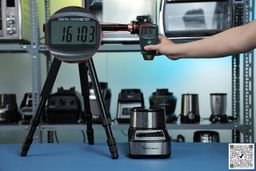
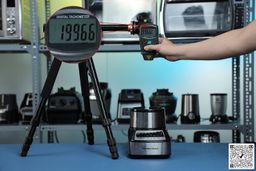
The control panel sports an intuitive layout with a single row of buttons, which are clearly labeled for easy identification. However, the combination of their arrangement in a tightly knit panel, shared structural elements, and the rigidity of the materials, results in a pressing issue. When you attempt to press one button, the stiffness will inadvertently cause pressure to be applied on surrounding buttons.
Extra Accessory
The Hamilton Beach Wave Crusher does not come with any extra accessories.
6.5 Usability
The Hamilton Beach blender has its strengths, particularly in terms of ease of cleaning. However, its overall usability is significantly hampered by the lid design and cumbersome controlling buttons. The persistent need for manual intervention during blending is also a drawback. It disrupts the workflow and potentially leads to dissatisfaction among users seeking a smooth blending experience.
5.0 Ease of Blend
In evaluating the Hamilton Beach blender's ease of use, the frequent need for manual interventions during blending is a notable drawback. While occasional interventions are common with blenders, the Hamilton Beach frustrates with its excessive demands.
Additionally, its lid is far from user-friendly. Sealing it securely is not as easy as you would expect, and this can be quite problematic especially if you are in a hurry or multitasking in the kitchen.
Detaching it poses a similar issue. We found the lid’s flimsy plastic lacks structural rigidity and it seals too tightly to the container, which is indeed beneficial for preventing leaks during blending yet also making the removal process become more arduous. Given that blending often entailed repeated lid removal and attachment, this difficulty accumulates rapidly. Furthermore, to top it off, forcefully removing the lid can cause the contents to spill, creating a mess on the countertop.
We must admit that, although the controlling buttons are not intuitive to use, they do not cause us nearly as much frustration as the aforementioned issues with the lid.
7.7 Noise Level
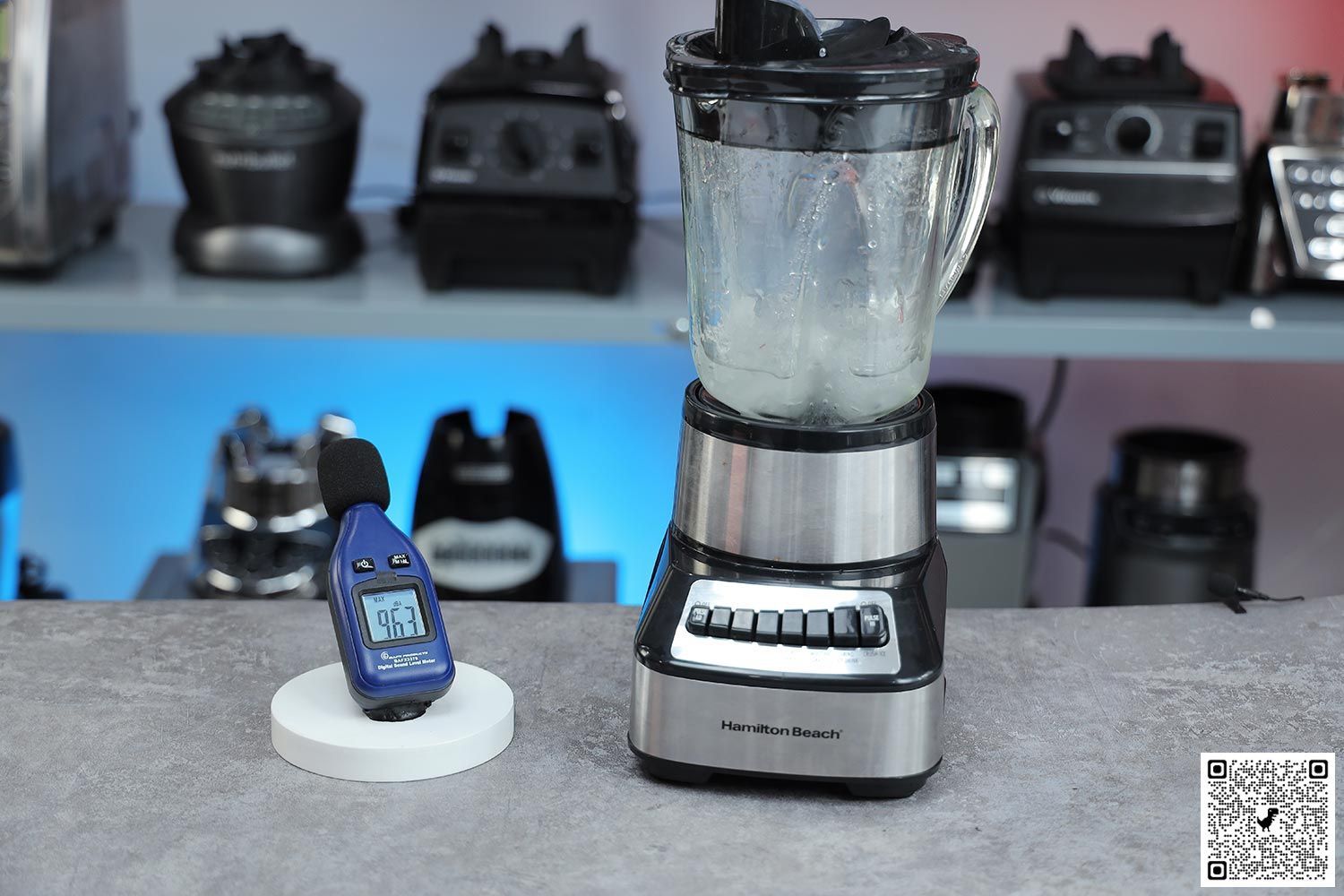
To simulate the blending of an icy smoothie, we used ice cubes and water as test materials. Our measurements indicated that the Hamilton Beach's noise level averaged approximately 96.3 dB. For some users, the noise might be tolerable for short bursts of time. However, for others, this level is problematic as it could easily disturb other members of the household or even neighbors, especially if blending takes place during quieter times such as early mornings or late nights.
6.5 Assembly
Upon assembling the Hamilton Beach, we noted some positives alongside the challenges.
The removable blade assembly has an ergonomic design that seems tailor-made for those with petite palms. Engaging in the twists and turns of detaching it from the container feels effortlessly smooth.
Attaching the assembled container to the motor base might initially require some trial and error to align the rims. However, as you get accustomed to it, the process becomes second nature and remarkably simpler.
However, contrasting with the relative ease of other components, the lid is an area where the Hamilton Beach could use improvement. Specially, the difficulty in prying it open is a persistent issue, and seems to remain a challenge regardless of the frequency of use.
8.0 Cleanability
We found the blending container’s smooth inner surface to be a boon for easy cleaning. The absence of grooves or textures means that food particles don’t stick as much, which makes washing a breeze. We noticed that there’s hardly any need for rigorous scrubbing; a simple rinse usually gets the job done.
The blade assembly is designed to be removable. Not only does this allow for better access to the blades’ sides, but it also prevents food particles from getting stuck underneath the assembly. The spacious gaps between the blades are an additional advantage; this removes the need of a cleaning brush to dig into tight spaces. Essentially, the more open the design, the easier it is to clean, as there are fewer confined spaces where food particles can hide.
The motor base, on the other hand, demands a more careful approach. The buttons and their surrounding areas have crevices, which tend to gather dust and grime over time. As such, you’ll need to be both more cautious and more frequent in the cleaning routine to ensure your blender remains hygienic and to preserve the functionality of the buttons.